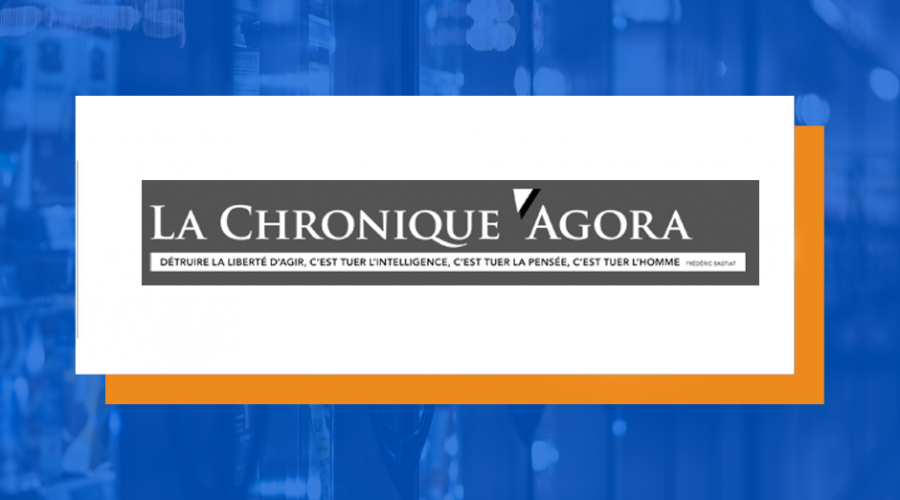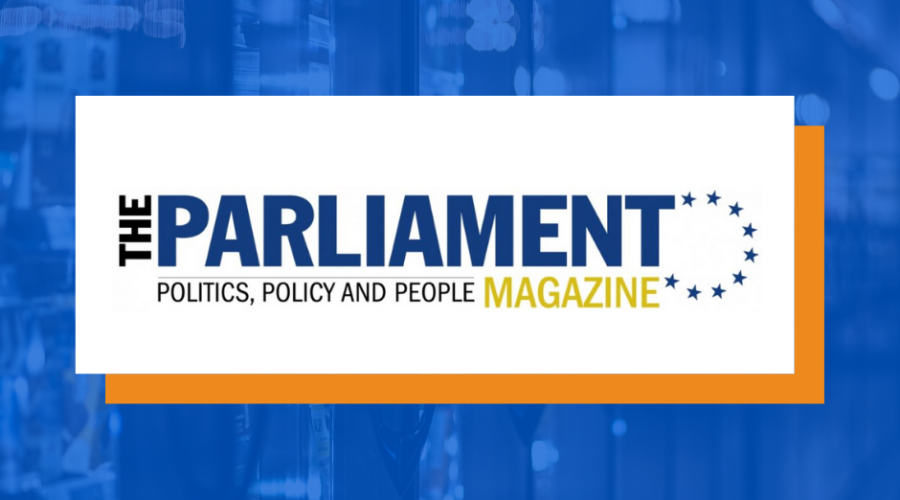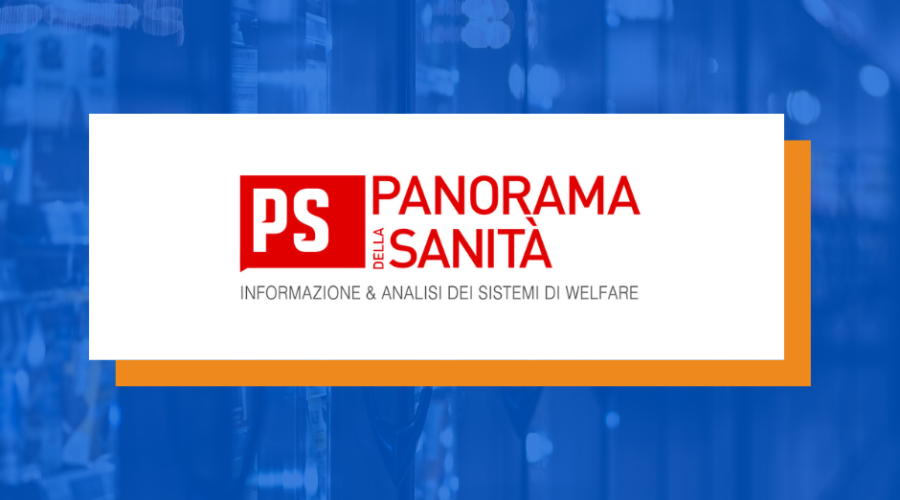We obtained the letter: TikTok to be removed from all European Parliament devices and content blocking will also be introduced
Media1 has obtained the letters sent to all 705 MEPs on this issue.
The Directorate-General for Innovation and Technology Support writes to MEPs that cybersecurity concerns have been raised on the usage on the use of TikTok social media platform, in particular regarding data protection and collection of data by third parties.
In view of these risks, the President of the European Parliament, Roberta Metsola, and the Secretary General, in alignment with other institutions have agreed to
- that TikTok application must not be used or installed on Parliament’s corporate devices, such as mobile phones and tablets,
- TikTok applications that have already been downloaded and installed must be uninstalled as soon as possible.
Access to the service will also be technically blocked
This measure applies as from 20 March 2023 to Parliament corporate devices enrolled in Parliament’s mobile management application. As of this date, web access to TikTok through our corporate network, i.e. on corporate desktops and laptops, will also be blocked.
There is also a Hungarian connection to the case
As previously reported by Media1, the respected international free market lobbying organisation Consumer Choice Center, which has a Hungarian manager: former MP Zoltán Kész, wrote in a January resolution to EU policymakers that it is time for the EU to step up its action on TikTok “before it is too late”.
Read the full text here







